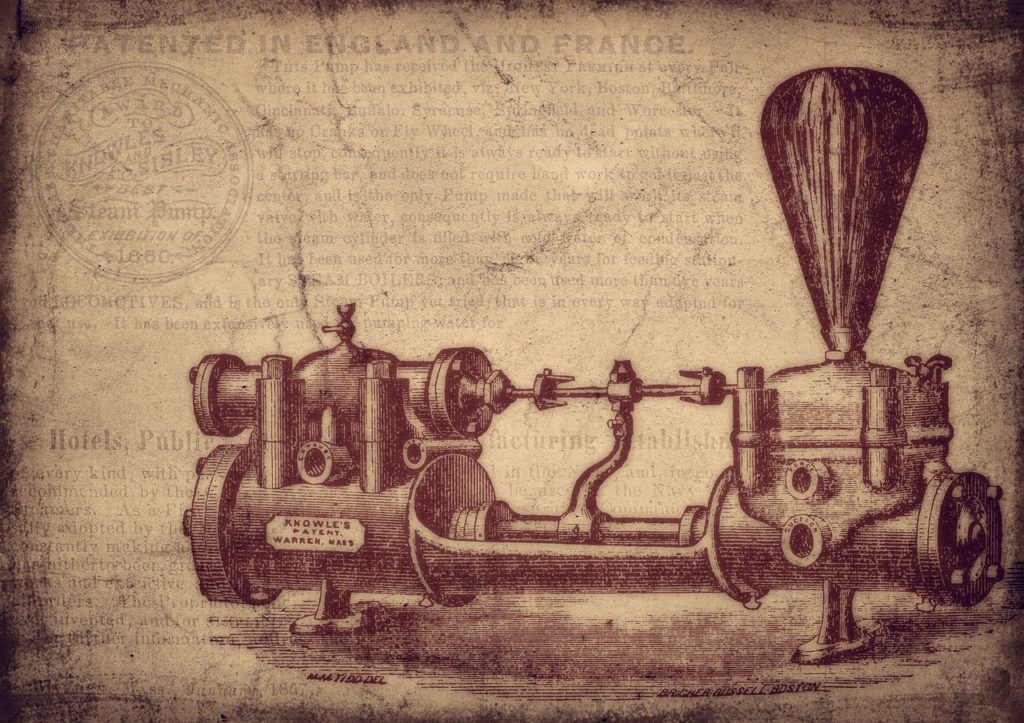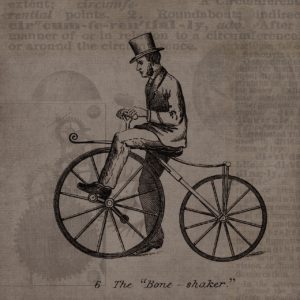
Details about Freedom to operate Design Patent and Utility Patent
Freedom to operate (FTO) is the process to discover whether a product, technology, or invention may violate other patent claims. The primary purpose of FTO is to give their violation a specific trademark on which their product or invention may infringe. It is the capability to carry out a commercial activity of your product or design at the early stage without violating the third party’s rights. So, the patents play an essential role for businesses to run in this competitive era. If you are also looking for some assistance, you may consult the specialized companies, where you will find experienced professionals to help you achieving Utility Patent.
Design Patent:
In a Design Patent, there is a specific unique characteristic of an item, which is dependent on its looks and unique design. And there is protection and legal rights given to the product that has unique features, surface, and ornamentation. Examples are:
- Jewelry
- Furniture
- Beverage Tins
- Computer icons
These are covered by design patents not to violate the copyrights. Brands make their products unique, and then they make some patents to not infringe on their products by others through copying in a bulk form. That’s why making a design patent is more critical to keep your products safe in the markets. The designs of the products, for example, shape and design: Like the Coca-Cola bottle and IKEA chair design cannot be copied due to its copyright violations.
Utility Patent:
It is indispensable to protect your new invention by having full control over it. When you invent a new idea that is going to be functional, it is better to file a utility patent before launching it into the market. The trademark will protect these aspects, examples are:
- New process
- Machine
- Manufacturing system
In a utility patent companies provide services, and it all depends on how it’s working. By looking at other clients’ claims, you can find out whether your services are being copied or not.
Companies can make their new products and launch them in the market after taking the legal rights on design and utility patents. You can collect information about your products to avoid copyright problems.
Design patents have 15 years of life after the filing date, and there is no maintenance and renewal fee of the products. While on the other hand, Utility patents have 20 years of life span from the date of filing with three maintenance fees, which are must-pay to keep your patent active for a more extended period.
The main difference between Design Patent and Utility Patent is in legal protection of your products and services. If you want to protect your products or inventions from the competitors, claiming copyright will help you to protect its outlook, and then you should go for a design patent to make it safe in the market. If you want to protect the features and services of your ideas and notions that “how it works,” then go for utility patents.

